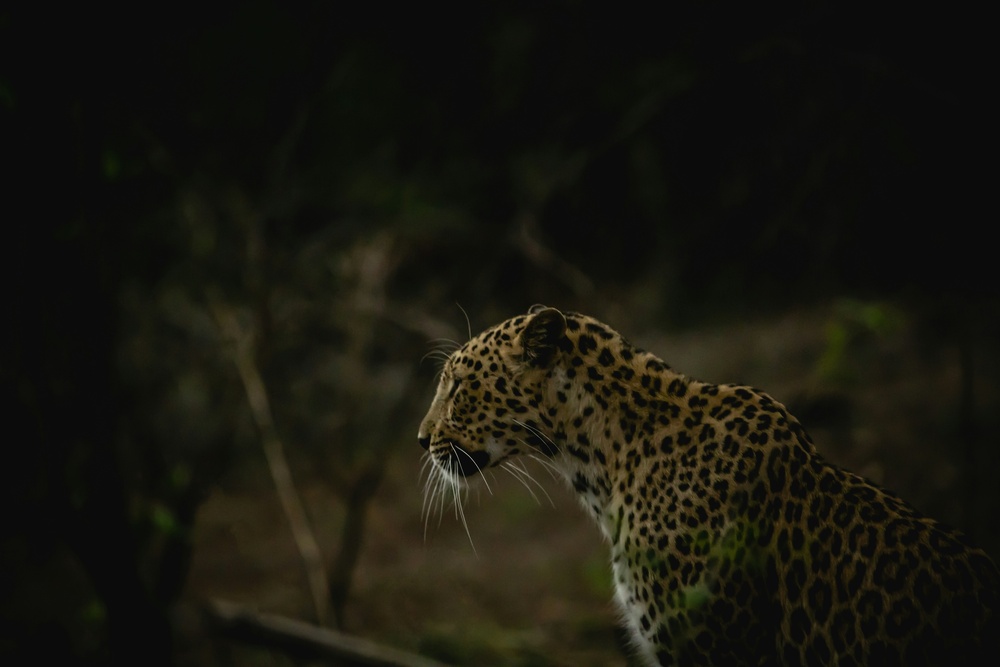India, with its diverse landscapes and ecosystems, is a haven for wildlife lovers. From the soaring Himalayan peaks to the sun-drenched deserts of Rajasthan, and from the lush rainforests of the Western Ghats to the mangroves of the Sundarbans, the country boasts an extraordinary range of flora and fauna. Wildlife Sanctuaries & National Parks in India are not just protected areas — they are vital reservoirs of biodiversity, playing a crucial role in conservation and eco-tourism.
This article takes you through the highlights of India’s top wildlife sanctuaries and national parks, showcasing their rich biodiversity, unique experiences, and why they are essential for both travelers and nature conservation.
The Importance of Wildlife Sanctuaries & National Parks
India is home to more than 100 national parks and over 500 wildlife sanctuaries, many of which are UNESCO-recognized or part of biosphere reserves. These protected areas serve multiple purposes:
- Conservation of endangered species
- Protection of biodiversity and natural habitats
- Promotion of eco-tourism and environmental awareness
- Support for scientific research and education
They provide refuge to iconic species such as the Royal Bengal Tiger, Asian Elephant, One-Horned Rhinoceros, Snow Leopard, and countless endemic birds, reptiles, and plants.
Top National Parks in India
1. Jim Corbett National Park (Uttarakhand)
Established in 1936, it is India’s oldest national park and the first under Project Tiger. Dense forests, riverbanks, and grasslands make it ideal for spotting tigers, elephants, and leopards.
2. Kaziranga National Park (Assam)
A UNESCO World Heritage Site, Kaziranga is famous for housing over two-thirds of the world’s One-Horned Rhinoceroses. It also shelters elephants, swamp deer, wild water buffalo, and migratory birds.
3. Ranthambore National Park (Rajasthan)
Set against the backdrop of a historic fort, Ranthambore is one of the best places to see tigers in the wild. Its dry deciduous forests and lakes offer a striking contrast to its rugged terrain.
4. Sundarbans National Park (West Bengal)
Part of the largest mangrove forest in the world, the Sundarbans is home to the elusive Royal Bengal Tiger, estuarine crocodiles, and a complex ecosystem of tidal waterways and islands.
5. Gir National Park (Gujarat)
The only place in the world where the Asiatic Lion roams freely. Gir’s dry deciduous forests are also home to jackals, hyenas, and a wide variety of birds.
6. Bandhavgarh National Park (Madhya Pradesh)
Renowned for its high density of tigers, Bandhavgarh also features historical caves and ruins that add a cultural aspect to the wildlife experience.
7. Periyar National Park (Kerala)
Located in the Western Ghats, Periyar is known for its scenic beauty and boat safaris on the Periyar Lake. It’s an excellent place to see elephants, deer, and birds.
8. Kanha National Park (Madhya Pradesh)
This park inspired Rudyard Kipling’s The Jungle Book and is one of India’s best-managed wildlife parks. It’s home to tigers, leopards, wild dogs, and the rare Barasingha (swamp deer).
Noteworthy Wildlife Sanctuaries in India
1. Bharatpur Bird Sanctuary (Keoladeo National Park, Rajasthan)
A paradise for bird watchers, this wetland sanctuary attracts thousands of migratory birds, including the rare Siberian Crane.
2. Chilika Wildlife Sanctuary (Odisha)
Spread around Asia’s largest brackish water lagoon, it hosts flamingos, pelicans, dolphins, and over 160 species of birds.
3. Nanda Devi Biosphere Reserve (Uttarakhand)
A UNESCO World Heritage Site with rare Himalayan species like snow leopards, Himalayan musk deer, and blue sheep.
4. Wayanad Wildlife Sanctuary (Kerala)
Part of the Nilgiri Biosphere Reserve, this sanctuary is known for its elephant population, tigers, leopards, and lush green forests.
5. Dachigam National Park (Jammu and Kashmir)
Nestled in the Himalayas, this park is famous for the endangered Hangul or Kashmir stag and stunning alpine landscapes.
Best Activities in Wildlife Sanctuaries & National Parks
- Jeep safaris and canter rides for tiger spotting and bird watching.
- Boat safaris in Periyar and Sundarbans for a unique experience.
- Nature walks and treks in the buffer zones of sanctuaries.
- Birdwatching tours in Bharatpur, Chilika, and Thattekad.
- Camping and eco-lodges in forested areas for immersive stays.
When to Visit
Most parks remain open from October to June, with March to May being ideal for tiger sightings due to animals frequenting water sources. However, each region has its own peak season based on wildlife movement and climate.
- Winter (October to February): Great for birds and cool weather.
- Summer (March to June): Best for spotting large animals.
- Monsoon (July to September): Many parks remain closed, though some like Periyar remain accessible.
Tips for Responsible Wildlife Tourism
- Respect animal space – never provoke or feed animals.
- Maintain silence during safaris for better sightings.
- Avoid littering – carry back all waste.
- Use eco-friendly accommodations and guides.
- Book authorized safaris and avoid unregulated tourism.
Conclusion
India’s Wildlife Sanctuaries & National Parks are living treasures that preserve the natural heritage of the subcontinent. They offer more than thrilling safaris—they are opportunities to connect with nature, understand the importance of conservation, and experience the thrill of seeing majestic creatures in their natural habitats.
Whether you’re a wildlife enthusiast, photographer, family traveler, or student of ecology, these wild spaces promise unforgettable moments. So, pack your binoculars, ready your camera, and let India’s wilderness enchant you.

